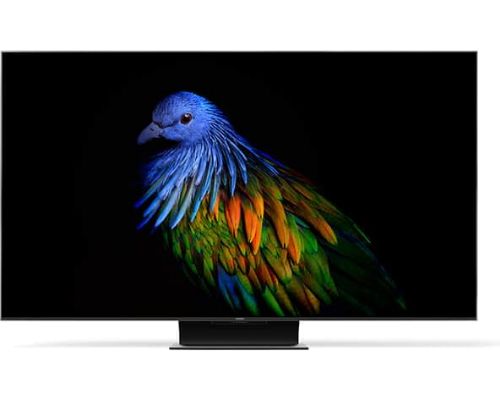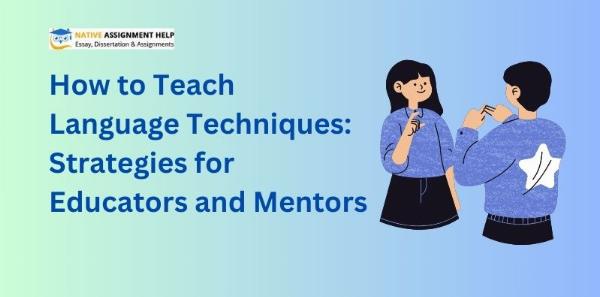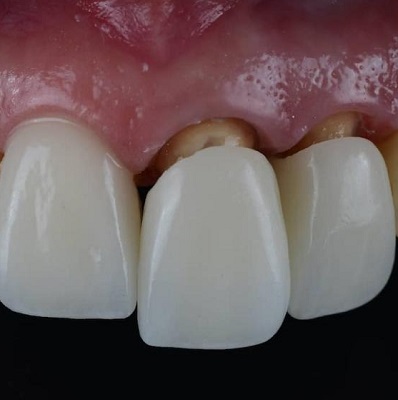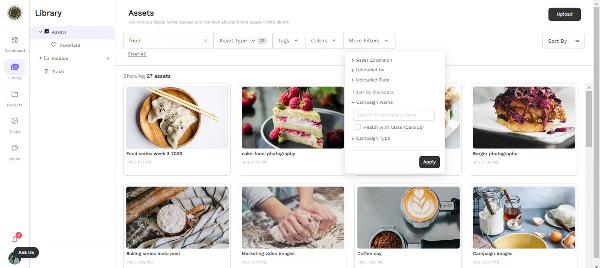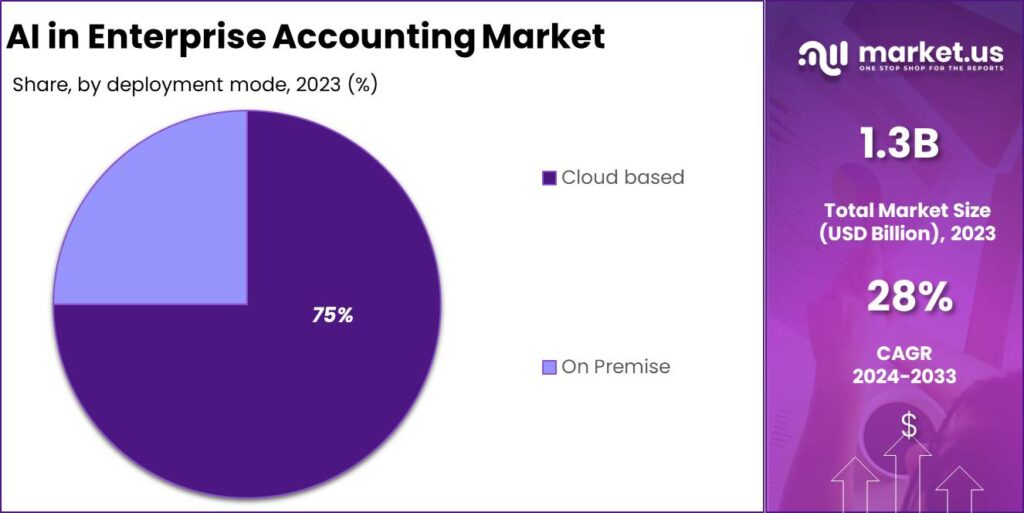9 Financial Moves To Boost Your Savings in the Second Half of 2025

Hold on to your financial hat, because 2025 isn’t showing any signs of slowing down the economic rollercoaster it has taken everyone on so far. Consumer confidence is shaky at best thanks to President Trump’s tariff policies and proposed legislation, along with the ongoing rise in everyone’s cost of living.
Invest in Gold
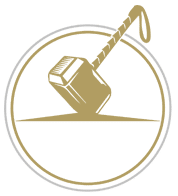
Thor Metals Group: Best Overall Gold IRA
Learn More
Priority Gold: Up to $15k in Free Silver + Zero Account Fees on Qualifying Purchase
Learn More
American Hartford Gold: #1 Precious Metals Dealer in the Nation
Learn More Powered by Money.com - Yahoo may earn commission from the links above.For You: 10 Cars That Outlast the Average Vehicle
Consider This: 8 Frugal Habits Americans Are Ridiculed for — and Why You Shouldn’t Care
With many economists and financial experts whispering warnings of a recession, it may seem less likely that you’ll be able to save money each paycheck. But worry not, as there are still ways to boost your savings in 2025. Here are nine financial moves to try right now.
Review Old Financial Goals and Set New Ones
Your financial situation may look different from year to year or even month to month. Perhaps you’re buying a home for the first time, or getting divorced or having a baby. The list goes on. Get on track with new goals to help you save more.
To start better spending habits in order to pad your savings account, you could opt to dine out less, cancel subscriptions you don’t use or invest in energy-efficient appliances to save you money on your utility bills in the long run.
Opt for Debit Over Credit
Though there are situations where it’s smart to use credit cards (when cashing in on points or nabbing cashback rewards, for example), those really only come into play for people with zero credit card debt and a plush pile of savings.
Everyone else should seriously consider dumping their dependency on credit cards and spending only what they can come up with in cash. Taking a debit- or cash-only approach can help you spend less and save more.
Check Out: 9 Downsizing Tips for the Middle Class To Save on Monthly Expenses
Pay Off High-Interest Debt ASAP
Speaking of credit cards and debt, it’s critical to pay off high-interest debt ASAP. Consider the “snowball method” once you’ve established your emergency fund. This is where you continue to pay the minimum payments on all of your credit cards or loans, but pay whatever amount you can on top of the minimum payment to your smallest balance in order to pay that off first.
Keep doing that month after month until the smallest balance is paid off. Then move on to your next smallest balance and roll that money you were paying on the other debt into the next one, thus creating a snowball effect. This method will help you save more, and ideally, it will give you a sense of accomplishment and pride every time you knock out a debt.
Treat Your Savings Like Any Other Bill
A great move to make is to think of your savings as a bill, or financial obligation. Just like you should figuratively pay yourself first, you should also pay your savings first.
繼續閱讀Whether it’s an emergency fund or retirement account, saving money should be a priority, not an afterthought with whatever leftover money you can scrape together this month.
Automate Your Savings — With the Help of Your Employer
Perhaps you’re already automating your savings (as you should be!), but maybe you could use a little more push to do so, with the help of your employer. For example, you could have 10% of your income go to a savings account (20% is even better if you’re able), then have the rest of your paycheck deposited into your checking account. That way, you won’t have to think twice about setting aside money for savings.
Have a Solid Budget — and Track Your Spending
It’s one thing to try and budget better, but it’s quite another to have a solid, tried-and-true budgeting rule in place. The latter is definitely clearer and smarter.
A good one to try is the 50/30/20 rule, where you allocate 50% of your income for necessities, 30% for wants and 20% for savings or retirement funds. When you can see where your money is going, you’re able to quickly see and reassess spending habits and edit accordingly in real time.
Open a High-Yield Savings Account (HYSA) or Certificate of Deposit (CD)
If you keep any of your savings in a checking account or even a traditional savings account, move it over to a HYSA or a CD. These have higher interest rates than your standard bank account so you can earn more and don’t need to figure out riskier investments.
Set Aside More Than You Think You Need To Adjust for Rising Costs of Living
How much you need in your retirement savings depends on your situation, as well as your location. But to be safe, always set aside a bit more than you think you’ll need down the road.
When possible, try to plan for 10 more years of expenses than you think and make sure that your annual dollar amount increases 2% to 4% every year from the moment you retire. Think of it as a long-term emergency savings plan.
Meet With a Financial Advisor
Lastly, it’s highly recommended to at least meet with a financial expert to help you get on track with all things money-related.
Seeking professional help can put you in a better position to adjust your finances to meet your unique needs and goals. This can put you on the right path in many financial categories such as paying off debt, starting an investment strategy, funding your retirement accounts and boosting your savings for your future.
More From GOBankingRates
-
3 Luxury SUVs That Will Have Massive Price Drops in Summer 2025
-
4 Things You Should Do if You Want To Retire Early
-
How Much Money Is Needed To Be Considered Middle Class in Your State?
-
Mark Cuban Tells Americans To Stock Up on Consumables as Trump's Tariffs Hit -- Here's What To Buy
This article originally appeared on GOBankingRates.com: 9 Financial Moves To Boost Your Savings in the Second Half of 2025


